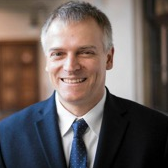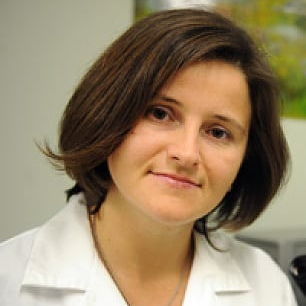Stem Cell-Based Therapy
A special issue of International Journal of Molecular Sciences (ISSN 1422-0067). This special issue belongs to the section "Molecular Pathology, Diagnostics, and Therapeutics".
Deadline for manuscript submissions: closed (31 December 2019) | Viewed by 122853
Special Issue Editors
Interests: cervical cancer; metabolic reprogramming; metformin; caffeic acid; 5′-adenosine monophosphate-activated protein kinase (AMPK)
Special Issues, Collections and Topics in MDPI journals
Interests: stem cell biology; extracellular vesicle (EV) biology; medical biotechnology; regenerative medicine; experimental cardiology (including clinical studies).
Special Issues, Collections and Topics in MDPI journals
Special Issue Information
Dear Colleagues,
Despite enormous progress in cardiovascular medicine, many fundamental treatments remain palliative rather than curative, leading to suboptimal clinical outcomes. One such example is heart failure, resulting from loss of contractile myocardial tissue.
The emergence of a new field, regenerative medicine with cell replacement therapy enabling recovery of injured tissues and activation of endogenous processes of tissue repair, opens novel paths and new perspectives for development of curative therapies. In this Special Issue devoted to stem cell-based therapies we will discuss recent breakthroughs both in the areas of basic and translational research and clinical medicine. We aim to depict cutting-edge data on recent progress in understanding stem cells biology in relation to their therapeutic potential, new approaches in tracking and imaging of both stem cells and tissues/organs undergoing regeneration, and data from clinical trials of cell-based therapies. Moreover, the mechanisms of stem cells activity including extracellular vesicle production and potential use will be presented.
Prof. Dr. Marcin Majka
Prof. Dr. Ewa Zuba-Surma
Prof. Dr. Piotr Musialek
Guest Editors
Manuscript Submission Information
Manuscripts should be submitted online at www.mdpi.com by registering and logging in to this website. Once you are registered, click here to go to the submission form. Manuscripts can be submitted until the deadline. All submissions that pass pre-check are peer-reviewed. Accepted papers will be published continuously in the journal (as soon as accepted) and will be listed together on the special issue website. Research articles, review articles as well as short communications are invited. For planned papers, a title and short abstract (about 100 words) can be sent to the Editorial Office for announcement on this website.
Submitted manuscripts should not have been published previously, nor be under consideration for publication elsewhere (except conference proceedings papers). All manuscripts are thoroughly refereed through a single-blind peer-review process. A guide for authors and other relevant information for submission of manuscripts is available on the Instructions for Authors page. International Journal of Molecular Sciences is an international peer-reviewed open access semimonthly journal published by MDPI.
Please visit the Instructions for Authors page before submitting a manuscript. There is an Article Processing Charge (APC) for publication in this open access journal. For details about the APC please see here. Submitted papers should be well formatted and use good English. Authors may use MDPI's English editing service prior to publication or during author revisions.
Keywords
- stem cells
- cell tracking
- tissue imaging
- replacement therapy
- clinical outcomes
- extracellular vesicles
Benefits of Publishing in a Special Issue
- Ease of navigation: Grouping papers by topic helps scholars navigate broad scope journals more efficiently.
- Greater discoverability: Special Issues support the reach and impact of scientific research. Articles in Special Issues are more discoverable and cited more frequently.
- Expansion of research network: Special Issues facilitate connections among authors, fostering scientific collaborations.
- External promotion: Articles in Special Issues are often promoted through the journal's social media, increasing their visibility.
- e-Book format: Special Issues with more than 10 articles can be published as dedicated e-books, ensuring wide and rapid dissemination.
Further information on MDPI's Special Issue polices can be found here.








